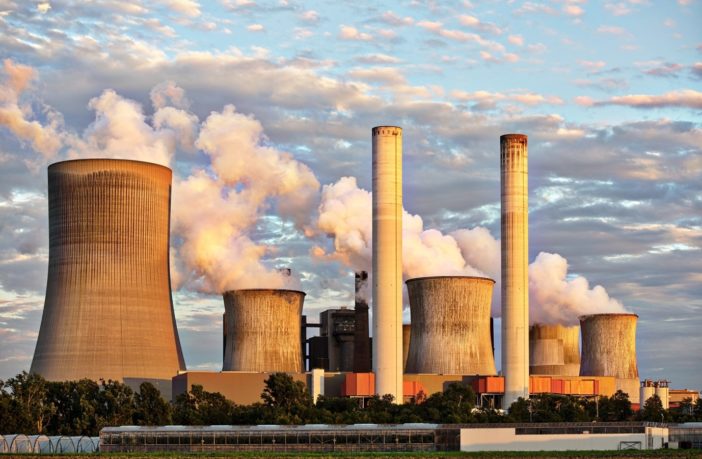There are 27 Independent Power Producer Projects worth around US 5 Billion on immediate hold in South Africa. The National Union of Metalworkers of South Africa (NUMSA) and Transform SA (sorry who?) recently went to court and blocked the new Energy Minister, Mr Jeff Radebe, from signing off on the projects.
Although there was no official court interdict enforcing the impasse, the new Minister decided that it was in everyone’s best interests for the matter to be heard in the North Gauteng High Court on March 27th, 2018. NUMSA claims that signing the PPA’s will mean that Eskom will require less coal fired power stations, leading to their closure and widespread job losses for some 30000 workers.
So how does a trade union get to kibosh a US 5 Billion investment deal in South Africa?
NUMSA is a big union with over 365000 members. They are also not new to strike action in the coal sector. As recently as a year ago, March 2017, NUMSA threatened Eskom with strike action when it was announced that five power stations – Hendrina, Kriel, Komati, Grootvlei, and Camden – would be closed. Eskom announced at the time that approximately 6000 jobs would be lost as a result of the shutdown.
NUMSA are also known to throw their weight behind Coal sector strikes organised by fellow trade unions National Union of Mineworkers (NUM) and the Association of Mineworkers and Construction Union (AMCU). In almost every strike action threat NUMSA bemoans the fact that they are not consulted in decision making processes and understandably, they want to preserve jobs among their members.
Eskom, South Africa’s power utility can ill afford a strike at its coal fired power stations or in the coal supply value chain. A new board has just been appointed who have set about cleaning out the rot that has plunged the utility into massive debt. So, in an unprecedented move, the Ministry of Energy and Eskom are now intensely engaging with NUMSA to resolve the crisis.
NUMSA appears to be conflicted in transitioning itself and its members from coal industry representation to renewables or at least to include renewables in its representation. This comes at a time when the new Integrated Resource Plan for South Africa is expected to announce additional decommissioning of coal fired power stations leading up to 2050.
Eskom’s’ signing off of rounds one to three of its Renewable Energy Independent Power Producer Program (REIPPP) saw it being catapulted onto the world stage as one of the most successful renewable energy programs. As each of the rounds were finalised, the level of commitment to socio-economic development also increased. More communities benefited through employment or as shareholders but the majority shareholding remains in the hands of foreign companies. Subsequently, the majority of the profits are repatriated to foreign countries for these rounds.
Whilst the first few rounds represented a learning curve for the country, South Africa now has the technology, the experience and the people (highly qualified engineers) to build large scale solar and wind farms. While South Africa still needs foreign investment in the renewables sector, it clearly needs to be more balanced to address socio-economic challenges and ownership profiles.
NUMSA does have a point and they need to be heard but they also need to transform themselves into a trade union representing the renewables sector which includes component manufacturing. The renewable energy sector in turn needs to understand that they are part of an integrated energy mix in South Africa that is in transition.
It is great that the Ministry of Energy and Eskom are now intensely engaging with NUMSA to get the 27 IPP projects signed off but it is equally important that stakeholders in the renewable energy sector also engage with NUMSA. This will go a long way to ensure that ensuing rounds are not blocked by NUMSA or other marginalised stakeholders.
There is no reason why renewable energy projects cannot be locally owned and resourced in terms of labour and components. There is also no reason why those who lose jobs in the coal sector cannot be employed in the renewable energy sector as members of NUMSA.
Author: Bryan Groenendaal
















1 Comment
Great read and you are correct the socioeconomic factors needs to play a vital role going forward.